#childlabour
Photo

Child Labour in the British Industrial Revolution
Children were widely used as labour in factories, mines, and agriculture during the British Industrial Revolution (1760-1840). Very often working the same 12-hour shifts that adults did, children as young as five years old were paid a pittance to climb under dangerous weaving machines, move coal through narrow mine shafts, and work in agricultural gangs.
It was very often the case that children's jobs were well-defined and specific to them, in other words, child labour was not merely an extra help for the adult workforce. The education of many children was replaced by a working day, a choice often made by parents to supplement a meagre family income. It was not until the 1820s that governments began to pass laws that restricted working hours and business owners were compelled to provide safer working conditions for everyone, men, women, and children. Even then a lack of inspectors meant many abuses still went on, a situation noted and publicised by charities, philanthropists, and authors with a social conscience like Charles Dickens (1812-1870).
A Lack of Education
As sending a child to school involved paying a fee – even the cheapest asked for a penny a day – most parents did not bother. Villages often had a small school, where each pupil's parents paid the teacher, but attendance was sometimes erratic and more often than not the education rudimentary in hopelessly overcrowded classes. There were some free schools run by charities, and churches often offered Sunday school. Not until 1844 were there more free schools available, such as the Ragged schools established by Anthony Ashley-Cooper, 7th Earl of Shaftesbury (1801-1885). These schools concentrated on the basics, what became known as the 3 Rs of Reading, Writing, and Arithmetic. Compulsory education for 5 to 12-year-olds, and the institutions necessary to provide it, would not come along until the 1870s. Consequently, "at least half of nominally school-age children worked full-time during the industrial revolution" (Horn, 57).
Some factory owners were more generous than others to the children in their employ. An example is the Quarry Bank Mill in Styal in the county of Cheshire. Here the owner provided schooling after the long working day was over for 100 of its child workers in a dedicated building, the Apprentice House.
An indicator of better education, despite all the difficulties, is literacy rates, rather imperfectly measured by historians by recording the ability of a person to sign one's name on official documents such as marriage certificates. There was a great improvement in literacy, but by 1800, still only half of the adult population could sign their name to such documents.
For those children who could find work in the Industrial Revolution, and there were employers queueing up to offer it, there were no trade unions to protect them. For the vast majority of children, working life started at an early age – on average at 8 years old – but as nobody really cared about age, this could vary wildly. Working involved at best tedium and at worst an endless round of threats, fines, corporal punishment, and instant dismissal at any protest to such treatment. In one survey taken in 1833, it was found that the tactics used with child labourers were 95% negative. Instant dismissal accounted for 58%. In only 4% of cases was a reward given for good work, and a mere 1% of the strategies used involved a promotion or pay rise.
Continue reading...
96 notes
·
View notes
Photo
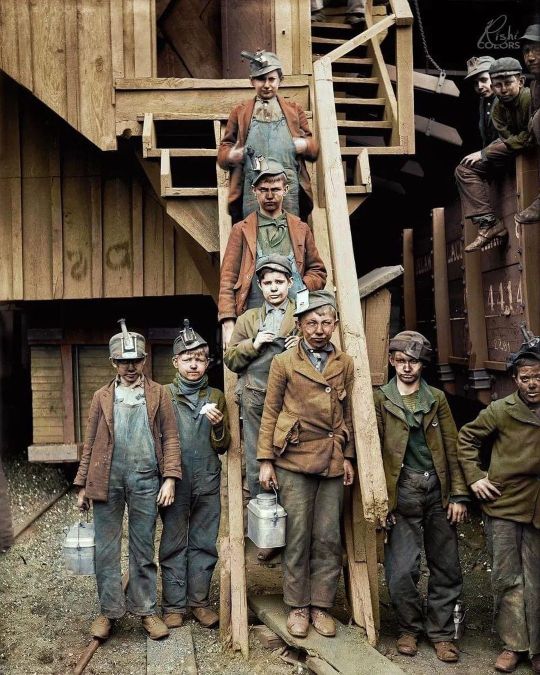
🔸 A group of breaker boys at the Woodward Coal Mines in Kingston, Pennsylvania, pose for a photograph taken in c. 1900. A breaker boy was a coal-mining worker whose job was to separate impurities from coal by hand in a coal breaker. Breaker boys were primarily children, and the practice of employing children for this job did not end until the early 1920s. Credit: Rishi Colors #victorianchaps #pennsylvania #goodolddays #badoldtimes #vintage #childlabour #victorian #nostalgia #1900s #portrait #retro #pastlives #history (at Kingston, Pennsylvania) https://www.instagram.com/p/CmoOM7WgTCi/?igshid=NGJjMDIxMWI=
#victorianchaps#pennsylvania#goodolddays#badoldtimes#vintage#childlabour#victorian#nostalgia#1900s#portrait#retro#pastlives#history
81 notes
·
View notes
Text

October 2018.
#mincing#freefood#venison#roadkill#childlabour#earninghisdinner#mincedmeat#growingup#childhood#familyalbum#hasselblad500cm#fujifilm#fujiprovia100f#portrait#ruralbritain#countryhome#herefordshire#slidefilm#filmsnotdead
6 notes
·
View notes
Photo

A plastic (waste) world by imu.imran2020
#childlabour#environment#waste#plastic#documentaryphotography#woman#documental#dumping#natgeotravel#travelandleisureindia#natgeointhefield#worldpressphoto#indiaspc#nikonusa#lumix#colorosoppo#asianphotographymagazine#photoscapeofthemonth#beyondvisionphotography#thephotographyblogger#photowalkglobal#photographycontest#worldphotoorg#yourtraveldealer#photographyclubbd#yourshotphotographer#yourshot#canonasia#nationalgeographic#bangladeshiphotographer
2 notes
·
View notes
Photo

Eradicate child labour to eradicate poverty and have the country grow. Warm wishes on World day Against Child Labour!
.
.
#codeblendlabs#worlddayagainstchildlabour#childlabour#stopchildlabour#children#education#india#humanrights#child#poverty#antichildlabourday#childlabourfree#school#childlabourlaws#childlabourers#internetmarketing#digitalmarketing#graphicdesign#webdevelopment
8 notes
·
View notes
Text
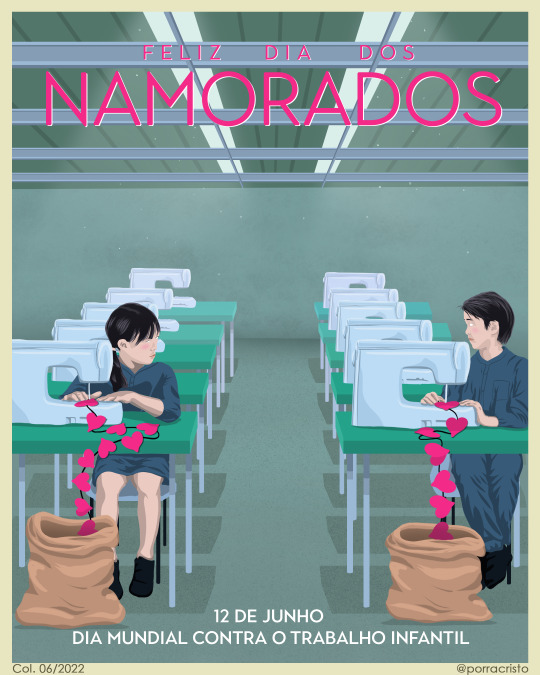
Have you already been to SHEIN to buy a Valentine's Day gift, at that suspiciously cheap price?
#diadosnamorados#shein#shopee#trabalhoinfantil#china#heart#childlabour#designativista#amor#love#illustration#art#design#porracristo#valentine
4 notes
·
View notes
Photo

“A child’s childhood is for learning, don’t use their childhood for earning. Warm wishes on World Day Against Child Labour Day.”
Swarnprastha Public School
https://www.swarnprastha.com/
#EndChildLabour#WDACL#childlabour#WorldDayAgainstChildLabour#SayNoToChildLabour#education#boardingschool#schoolsinsonipat#CBSESchoolsinSonipat#SPS#SwarnprasthaPublicSchool
2 notes
·
View notes
Photo
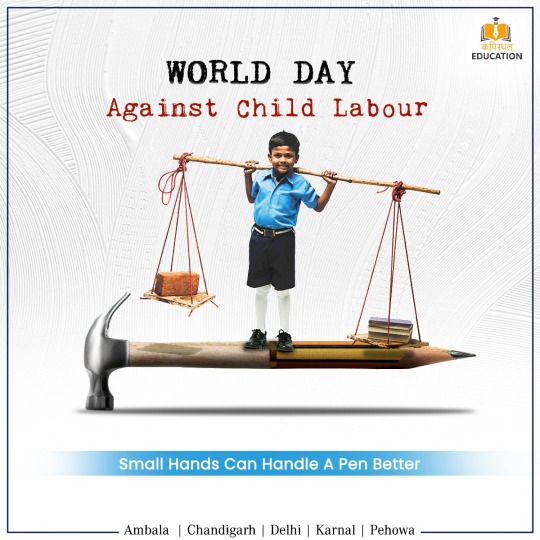
Don’t let their childhood get ruined because every child deserves to get an education and get playtime. Warm wishes on World Day Against Child Labour Day.
.
.
#kapisthaleducation#worlddayagainstchildlabour#childlabour#stopchildlabour#children#education#india#humanrights#child#poverty#antichildlabourday#childlabourfree#school#childlabourlaws#childlabourers#educationconsultant#distancelearning
6 notes
·
View notes
Photo
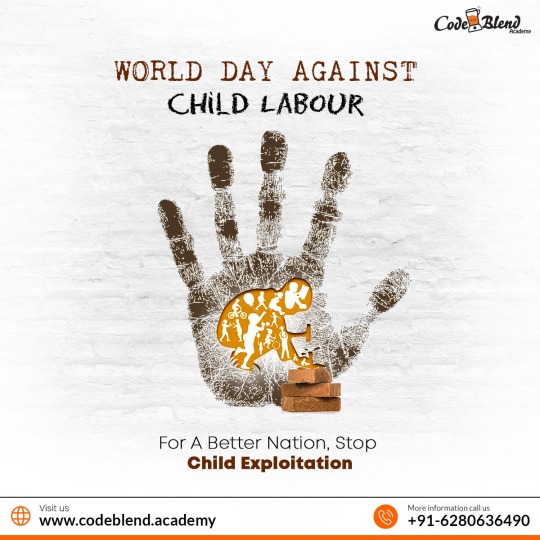
It is our responsibility to handle children with love, care and affection and to protect them from child labour. Warm wishes on World Day Against Child Labour!
.
.
#codeblendacademy#worlddayagainstchildlabour#childlabour#stopchildlabour#children#education#india#humanrights#child#poverty#antichildlabourday#childlabourfree#school#childlabourlaws#childlabourers#internetmarketing#digitalmarketing
6 notes
·
View notes
Text

#childlabour #noconsent #jessmegan
1 note
·
View note
Text

World Day Against Child Labour
"Small hands can handle a pen better. Lend your support to abolish child labour."
#childlabour#stopchildlabour#children#education#india#worlddayagainstchildlabour#child#childlabourindia#childprotectionact#haimish#haimishwindow#haimishwindows#haimishupvc#haimishwindowupvc#haimishwindowsupvc#alfafacade#facade#alfafacades#facadesdesign#glassfacades#alfafacadesystem#salamander
0 notes
Photo
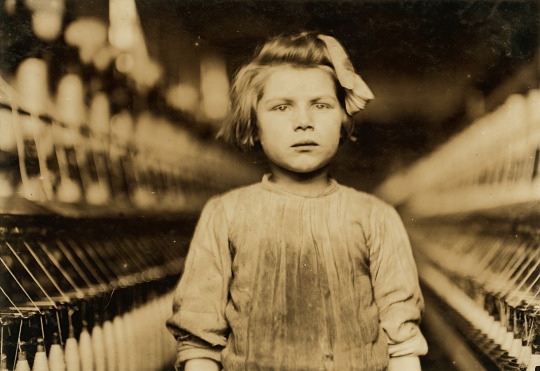
Child Labour in the British Industrial Revolution
Children were widely used as labour in factories, mines, and agriculture during the British Industrial Revolution (1760-1840). Very often working the same 12-hour shifts that adults did, children as young as five years old were paid a pittance to climb under dangerous weaving machines, move coal through narrow mine shafts, and work in agricultural gangs.
Continue reading...
71 notes
·
View notes
Photo
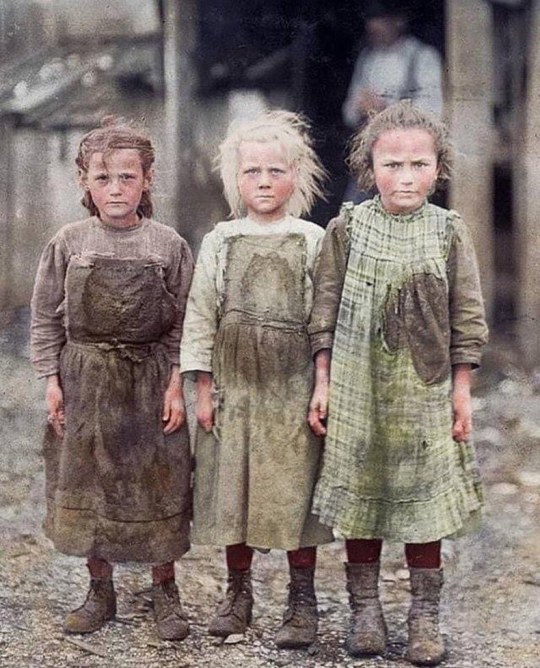
🔸Colourised photo of Young oyster shuckers, Josie, six years old, Bertha, six years old, Sophie, ten years old, Port Royal, South Carolina, 1912. Work began at 4 AM. Credit: Library Of Congress #victorianchaps #oystershucking #edwardian #childlabour #poverty #badoldtimes #goodolddays #retro #1910s #southcarolina #history #pastlives #portrait #colourised #history #vintage (at Port Royal, South Carolina) https://www.instagram.com/p/CoPQfW1AC0z/?igshid=NGJjMDIxMWI=
#victorianchaps#oystershucking#edwardian#childlabour#poverty#badoldtimes#goodolddays#retro#1910s#southcarolina#history#pastlives#portrait#colourised#vintage
38 notes
·
View notes
Text

The world can never become a happy and prosperous place until we eliminate child labor from the face of the world. It is a time to learn and make their bright future. Together we make their life happy by educating and guiding them in right direction.
Please visit our website: https://www.riyanvisas.com/
0 notes
Photo
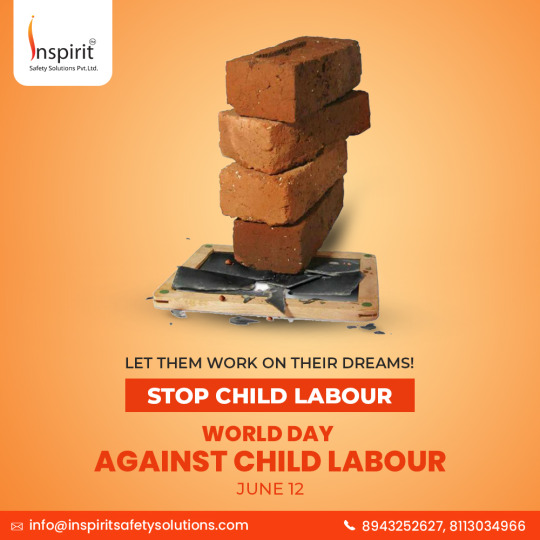
Let us stand against the social issue of child labour and save the childhood of many children.World Day Against Child Labour Day!...
0 notes
Text

Every child deserves care, love and affection. Let them study, play and enjoy their childhood for a happier and healthier future. . .
#Gempac#WorldDayAgainstChildLabour#WorldDayAgainstChildLabour2023#ChildLabour#EndChildLabour#ProtectOurChildren
0 notes